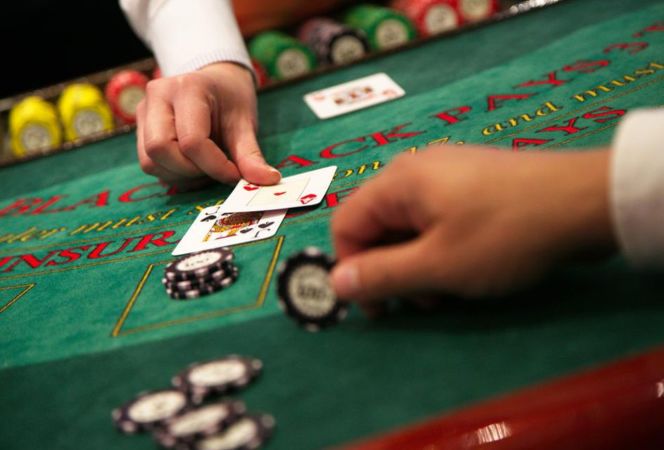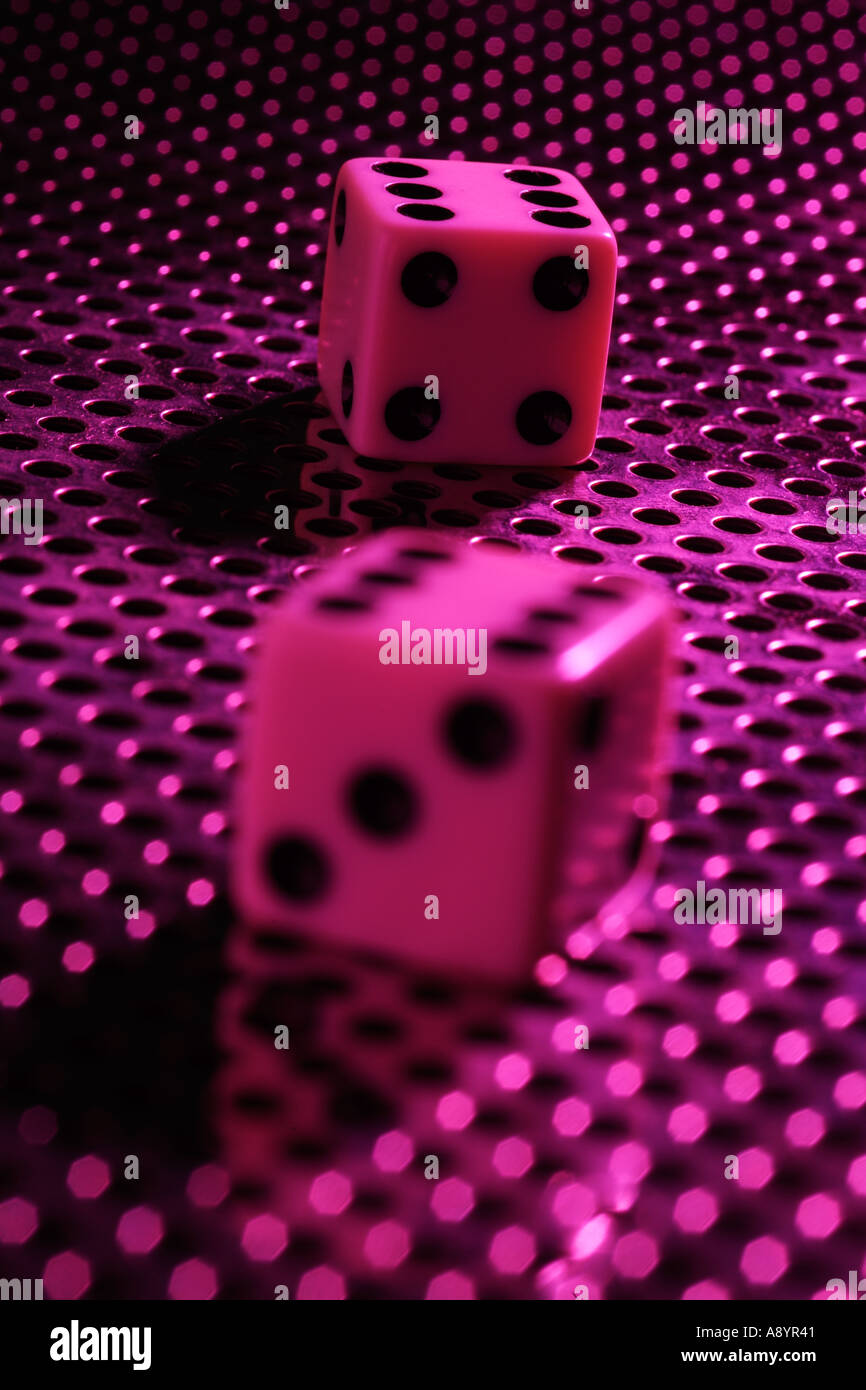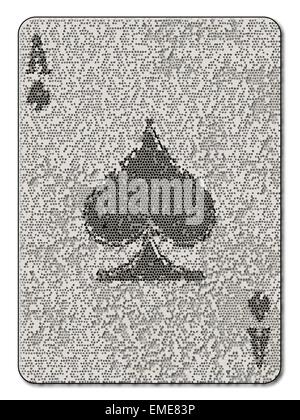Pontoon Gambling
Pontoon is similar in many ways to Blackjack, but in others, such as not being able to see either of the Dealers cards and losing the hands if you tie with the Dealer, it is very different. Therefore, make use of the free play option most sites have to get used to the differences before you play for real money. The bonus spins are subject to Pontoon Gambling wagering requirements of 30 x bonus amount. The maximum bet allowed when using bonus money is of €5 per spin or €0.50 per bet line, until the wagering requirements Pontoon Gambling have been fully fulfilled. This bonus offer is subject to country restrictions. Blackjack is undoubtedly one of the most popular casino games ever. It is played worldwide, at brick-and-mortar and online casinos. On the other hand, you may not be familiar with the similar card game of a bit strange name – Pontoon. Considered Blackjack’s less popular cousin, Pontoon shares a number of features with 21, yet. Continue Reading. Pontoon is an early version of Blackjack which offers a lot of the action that isn’t allowed in modern Blackjack games. Ranking of hands is different as well, including five-card tricks having a higher value than hands with fewer cards with more points. The Australian Pontoon game will be covered separately and we’ll refer to it as Spanish 21 which is what this game is referred to as when it’s offered online. We are currently aware of Pontoon being offered by the following online casino softwares – Playtech, Microgaming, RealTime Gaming, Net Entertainment, OpenBet and GamesOS.

Blackjack Variations > Pontoon
In many cases, Pontoon is just another name for Spanish 21. In this case, we will only be referring to Pontoon, which originated from the UK.

Pontoon is played with standard 52-card decks, with anywhere from two to eight decks being used depending on the number of players involved. Its popularity has been increasing and been added to more and more offline and online casinos.
Before you continue, make sure you are familiar with the standard Blackjack rules in order to continue with the differences in here.
Pontoon Rules
Even though the ideal goal of the game is the same as that of standard Blackjack (reaching 21 worth in points, or beating the dealer in points value while not busting out) there are several additional rules to cover:
Some terminology is different, such as a “Hit” in Pontoon is called a “Twist” – “Stand” is called a “Stick” – “Double down” is called a “Buy” – and finally a “Blackjack” or a “21” is actually called a “Pontoon”, which are paid-out 2:1.
The dealer’s cards are both dealt face down – obviously taking away any advantage the players had in regards to odds.
The dealer waits for all players’ actions before even looking at his/her cards. So in the case that the player adds up to 21 against a natural 21 of the dealer, the player would actually beat it.
There is no “Push” in Pontoon; instead, players would lose any tied hands, except for the 21 situation mentioned in the above point.
If a player reaches up to a 5-card hand (5 cards in his/her position) without busting out, it would be considered an automatic win and paid-out 2:1.
Players can ‘buy’ on any 2, 3, 4 cards, and they may ‘twist’ after a ‘buy’. However, players can only ‘buy’ once per hand, and can only be ‘split’ up to 2 times.
Lastly, the dealer must ‘twist’ on 17 or lower, and players much ‘twist’ on 14 or lower.
How To Play Pontoon

Boat Gambling Myrtle Beach
As you can see, there is a good number of differences or additional rules to the game, but overall, it still has the same end goal.
Players make their bet, followed by the dealer dealing 2 cards per player (one by one to each) face-up and 2 cards for him/herself face down. The dealer does not look at his/her cards, not even to make sure there’s a ‘Pontoon’ there, instead, all players’ actions are taken care of first.
Once that is taken care of (any ‘splits’, ‘buys’ and ‘twists’), the dealer now looks at his/her cards to see if he/she should ‘twist’ or ‘stick’.
Whoever has a higher card, 21 or lower, wins – except in the case of a tie at 21, where it would be the only ties where players actually win the hand.

Pontoon Hand Examples
In order to explain some of the points above, here are some examples:
Let’s say you are dealt 3-4. You can now ‘buy’ as there is a 3 card in your hand. You can only ‘buy’ once per hand, so let’s say that gets you a 4, for a total of 11 points. You can and must ‘twist’ in hopes of a 10 to complete the ‘Pontoon.
Boat Gambling

Let’s say you are given 5-5, you can now ‘split’ it, meaning you bet the same amount and get 2 more cards for each 5. Let’s say you get the following 5-10 and a 5-5. The first hand of 5-10 you can either ‘twist’ in hopes to not bust out, or you can ‘stick’. The second hand you can ‘split’ one last time.
Let’s say instead of getting the 5-5 you got a 5-9 (14 points) – you will automatically have to ‘twist’ as the rule specifies players must ‘twist’ on 14 or lower, just like dealers must ‘twist’ on anything 17 or lower.
The last hand example is getting a 3-4-2-4 (13 points so far) – seeing that you have to ‘twist’ and that you have now 4 cards in your possession, you simply need 1 more card without busting out to win automatically. Reaching 5 cards without going beyond 21 means an automatic win for you – unless the dealer ties (gets 5 cards dealt too regardless of the point value), in which case the player unfortunately loses.
All you need is some practice to get the hang of it, but once again, it is quite simple… just follow your blackjack background with some minor alterations.